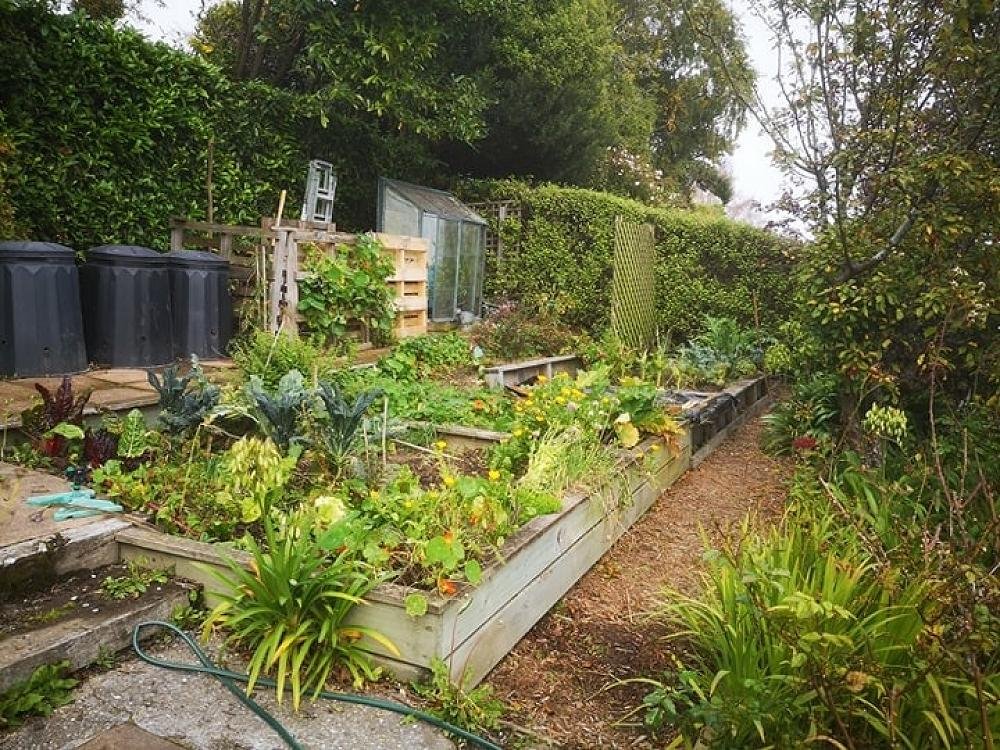Make a Backyard Herbal Tea
Wild Dunedin — Apr 11, 2020
To our Wild Dispensary team, wildcrafting has always been about more than just the wild herbs themselves but also about the chance to rewild, slow down, be present and connect with nature and its grounding effects. Skye from Wild Dispensary encourages you to take a closer look at your backyard and have a go at infusing your own herbal tea.
Nettle - grab this at your peril! If stung one of the best remedies is to rub a dock leaf over your skin. A small sting is a small price to pay for having butterflies in your garden - the best butterfly food you have in your garden. Image: Wild Dispensary
From the resilient dandelions to the potent medicinal herbs such as Thyme, Californian poppy and St Johns Wort growing throughout the hills in Central Otago, medicinal and nutritious plants are everywhere. The abundance of many of the herbs and plants growing in our region is a resilience we can learn from.
A quick tour of Skye's "mostly wild and weedy garden" turned up a number of herbal tea ingredients.
Ruth's backyard garden used for the backyard tea project. Image by: The Wild Dispensary
Apple, globe artichoke, nettle, nasturium, lemon balm, sprearmint, mint, plantain, dandelion, cranberries, thyme, sage and some more!
Narrow-leaf plantain. Image by: The Wild Dispensary
Globe artichoke.
Image by: Wild Dispensary
Skye found- blackberry leaves, borage, calendula, chamomile, chickweed, hawthorn, nettle, yarrow, nasturtium, as well as the usual suspects in the herb garden. Also bush that includes kānuka, mānuka and horopito.
Calendula. Image by: Wild Dispensary
Skye, Wild Dispenary's Medical Herbalist has some tips about blending your own backyard tea-
tea is an accessible and easy way to access your own herbal medicine
herbal infusions or tea have long been the primary mode of herbal medicine
tea is a way of extracting the bioactives from your herbs using hot water.
you can use both dry and fresh herbs
cold teas can form a smoothie base as well for another way of getting herbs in
think of the main function you are after for your tea- is it an immune building tea? Or a tea for digestion or nerves?
your main desired function of your tea should match with 70% of your herb ingredients, the other 20% can be supporting herb function and the other 10% think about taste.
a nice example recipe for an Immune Boosting tea would be: thyme and mānuka at 70%, calendula and nettle at 20% and for flavour you could try rosehips, hawthorn or blackberry leaves.
Lemon Balm. Image by: Wild Dispensary
Wild Dispensary would love to see your backyard tea creations so tag us and Wild Dunedin! @wilddispensary @wilddunedin







